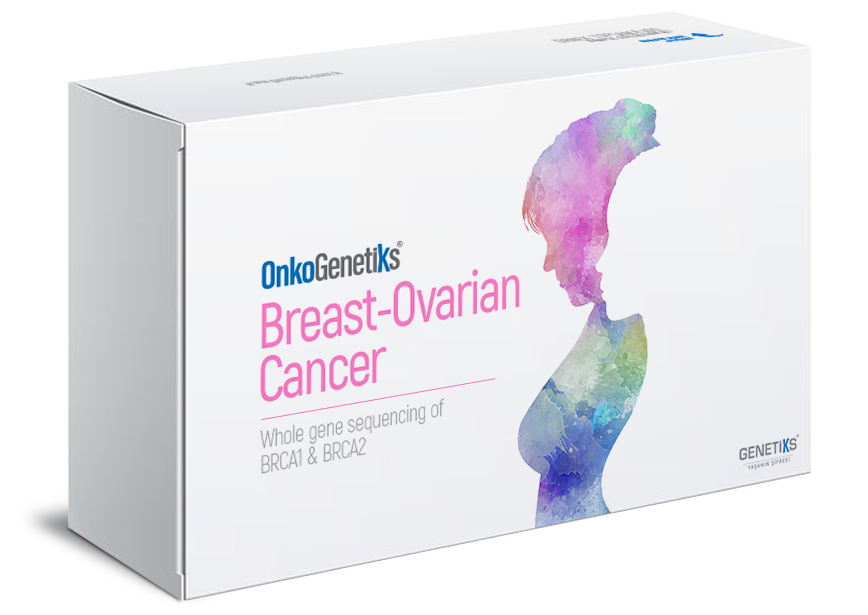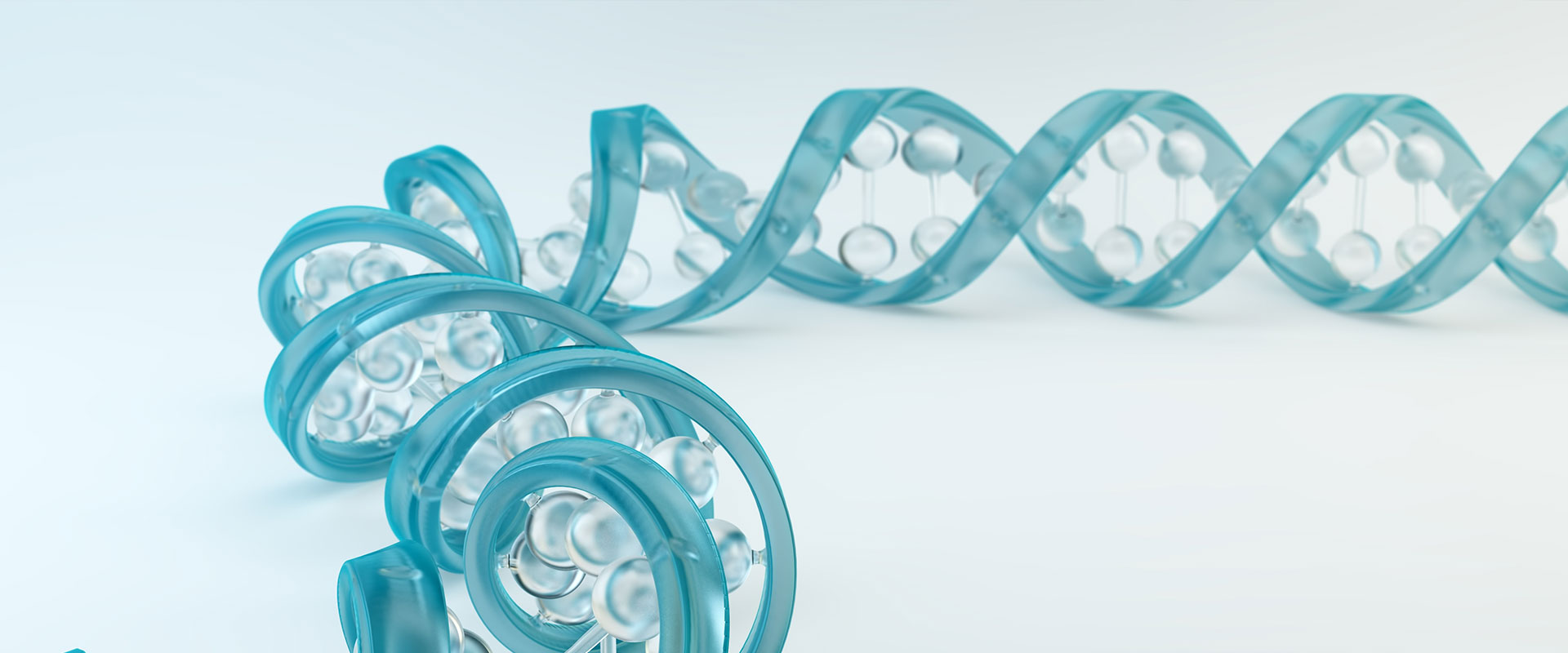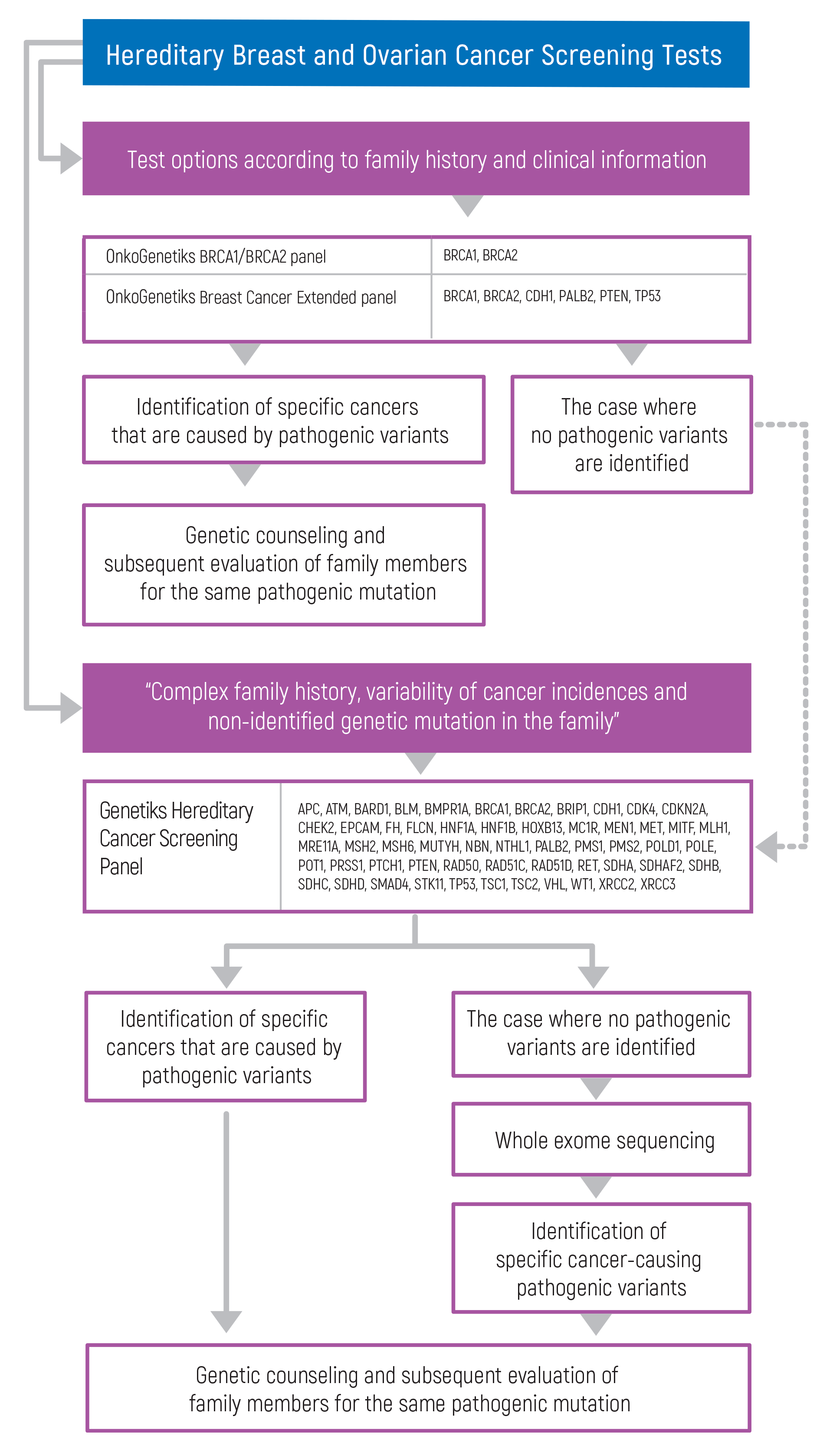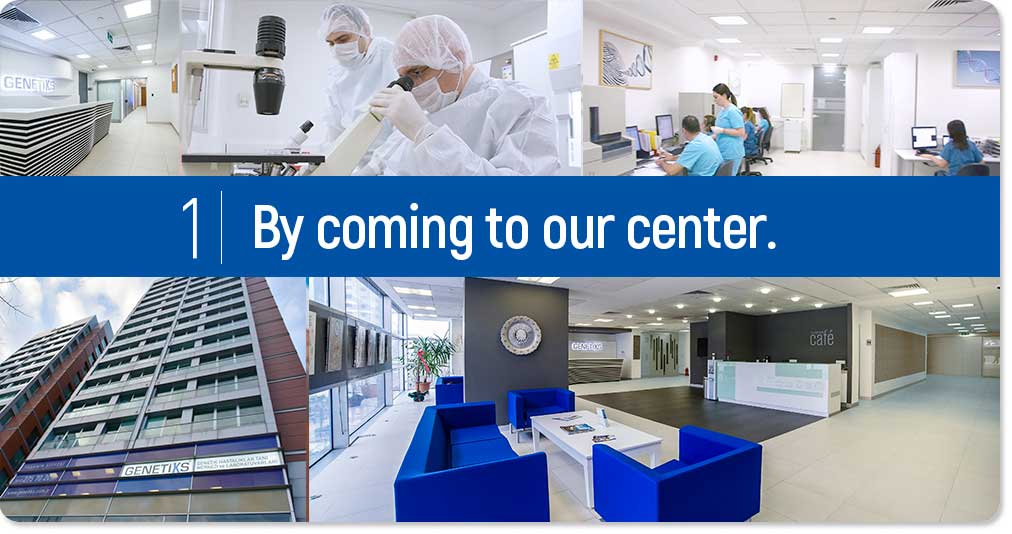
BRCA1 and BRCA2 are the key factors in breast and ovarian cancer development
Breast and Ovarian cancers are the most frequently observed cancer types in women and within all cancer types they rank as the 5th most common. Hereditary forms of breast and ovarian cancer account for 5-10% of all cases diagnosed and this is found to be clearly associated with the mutations in BRCA1/2 genes1.
1. Edlich et al. Breast cancer and ovarian cancer genetics. J Long Term Eff Med Implants. 2005;15(5):533-45. Review. http://www.ncbi.nlm.nih.gov/pubmed/16218901When the BRCA testing should be performed?
BRCA1 and BRCA2 testing is strongly recommended when a patient’s personal or family history includes any of the following conditions:
› Women diagnosed with breast cancer under the age of 50 *
› Ovarian cancer at any age
› Cancer development in the same breast twice
› Detection of cancer in both breasts
› Triple-negative breast cancer (estrogen receptor, progesterone receptor and HER2 negative)
› History of pancreatic cancer together with breast or ovarian cancer in the same individual or in his/her relatives
› History of breast cancer in two or more relatives
› BRCA1 or BRCA2 mutation that is previously identified in the family *
› Breast cancer in male *
› Individuals having a male relative who is diagnosed with breast cancer
* According to the Evidence-Based Cancer Guidelines, National Comprehensive Cancer Network (NCCN)
Genetiks recommends that all genetic tests, their requests and evaluation of the results are performed under the supervision of a medical genetics specialist. The examination of an affected family member (if present) is recommended in the case of unaffected individuals with a strong familial background for the disease. Please first consult your physician in order to choose the right test for you!
What are the possible outcomes of the test?

A) POSITIVE RESULT
If the test indicates a disease mutation, then only a predisposition to breast and/or ovarian cancer is confirmed. This does not necessarily mean that the patient has cancer or will develop it. Additionally, depending on the mutation, the patient will have an increased likelihood of developing cancer (around 46-87%) over the lifetime.

B) NEGATIVE RESULT
If the genetic test does not indicate a predisposing BRCA mutation, then the patient´s individual risk of developing breast and ovarian cancer is low (in the general population the risk of developing breast cancer is 12%).
A negative test result should be evaluated in order to determine which individual cancer screening and prevention programs might be suitable for the patient.

C) INCONCLUSIVE RESULT
Not all genetic variations in BRCA genes are disease causing. Many disease-causing mutations have been identified, but not all of them are confirmed yet.
In some cases, the test may identify a mutation in BRCA which cannot be conclusively characterized as disease causing. In such cases, the classification of the mutation might change the clinical consequence in the future. For more information, please examine the chart for the hereditary breast and ovarian cancer tests.


How to perform OnkoGenetiks™ Breast and Ovarian Cancer Test?



